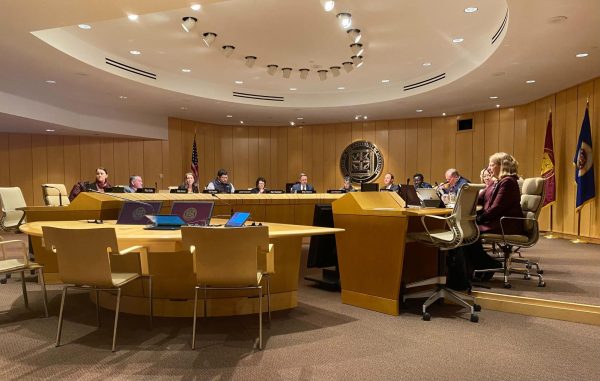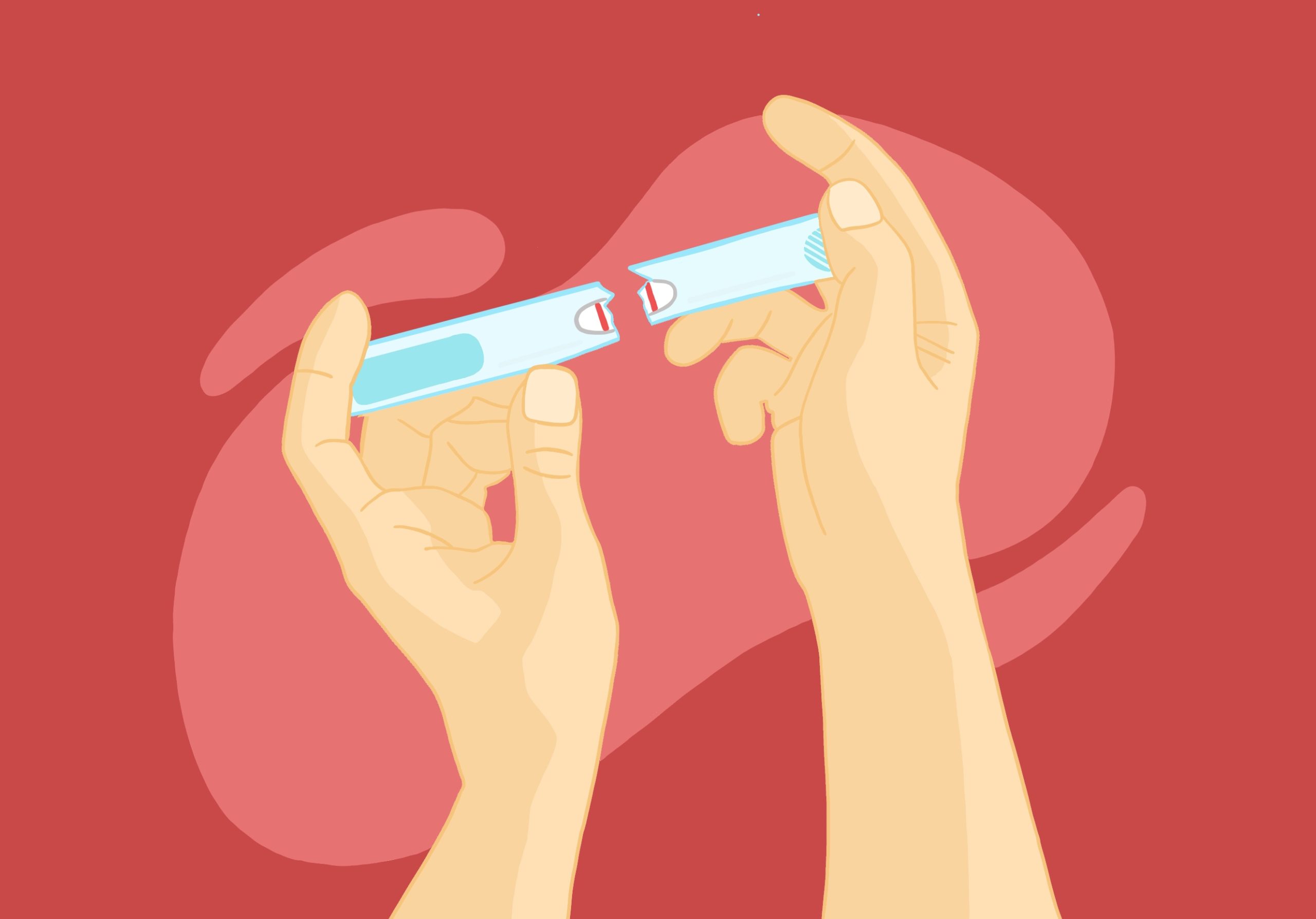Across the country, science professors have developed online laboratories that simulate experiments done in the classroom, offering students a new option to the traditional lab experience.
Philip J. Stephens, a biology professor at Villanova University, has developed an online lab for his human physiology class. Students can do the same experiments — normally completed in class — from a home computer.
“Students working at home are essentially doing the same things using computer simulations without actually touching an animal,” Stephens said.
Still, neither the University of Minnesota’s College of Biological Sciences nor the Department of Chemistry have plans to begin online tutorials.
In fact, some University of Minnesota professors find the sheer idea of students completing lab experiments outside of class absurd.
“It is appalling that anyone could even try to do the work online. It is necessary to experience labs with your own hands,” said University chemistry professor Lou Pignolet.
Yet he stressed it might be a good idea for students to go through the simulated lab first to know what to expect once they get into the classroom.
A simple simulation can never replace the material covered in a classroom lab, Pignolet said.
“Working with crystals and mixing chemicals is what makes students interested in chemistry,” he said.
But other introductory science courses at the University are already making use of basic computer programs in the classroom.
Chemistry labs are taught using programs that simulate lab experiments with flask icons. Students fill in the necessary data and weight tables display results.
While in introductory biology labs, like Biology 1001: Evolutionary and Ecological Perspectives, students use computer simulations in lab to study evolution and population growth.
At other universities, students are required to purchase supplies — including fresh spinach, liver and goldfish — from local stores to complete similar biology experiments on their own. They post their results with a hypothesis on an online bulletin board.
Thomas M. Lancraft, an assistant professor in natural sciences at St. Petersburg Junior College, said nonmajors learn more by completing labs at home.
In a typical lab setting students have only two or three hours to complete experiments, whereas they “have more opportunities to problem-solve and gather data” at home, Lancraft said.
Still, he admitted some lab skills cannot be taught outside the classroom.
Lancraft’s justification for conducting labs online is students taking the lab to fulfill a requirement will probably never “be in a room with a microscope or need to know how to cut open a cat.”
Other professors are concerned administrative pressures will lead to an increase in online labs at the expense of students.
Betsy Ott, chairwoman of the National Association of Biology Teachers, said “administrative pressure will lead to an increase in online lab course offerings as institutions compete for students,” but the online courses might neglect the hands-on experience.
— The Chronicle of Higher Education contributed to this report.










